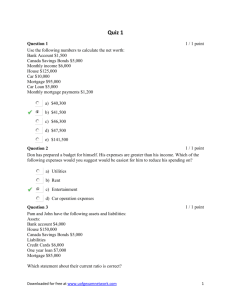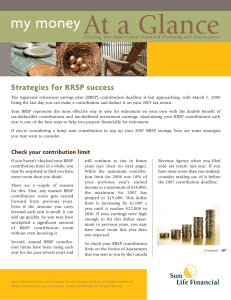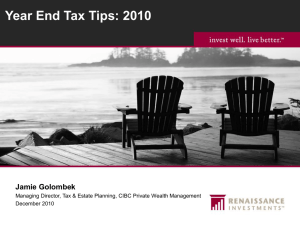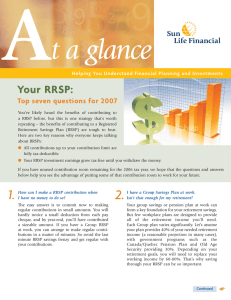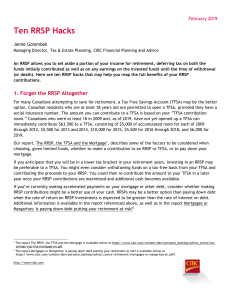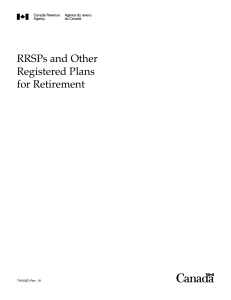Credit card
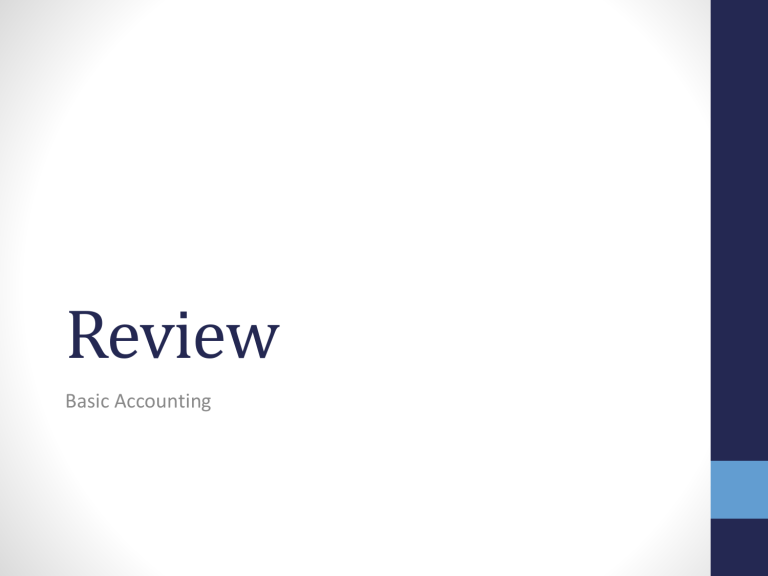
Review
Basic Accounting
Fundamentals
• Assets are anything the business owns that has a dollar value
(debit balance on the “T-accounts”)
• Liabilities are debts the business owes to individuals, businesses, or other organizations business (credit balance on the “T-accounts”)
• Owner’s Equity is the difference between the total assets and the total liabilities of a business (credit balance on the “Taccounts”)
• The fundament accounting equations is:
• ASSETS= LIABILITIES + OWNER’S EQUTIY(O.E)
• So everything the business owns should be /must be /is equal to the debts of the business plus the difference of total assets and total liabilities asset= 100 liabilities=40 so.. O.E = 100-40=60
• And assets = 40+60=100
DEBITS AND CREDITS
Dr
Assets (Debit)
Cr
Dr
Liabilities (Credit)
Cr
Dr
O.E (Credit)
Cr
Balance sheet
A statement that shows that financial position of a business on certain date
The balance sheet is set up in the form of the fundamental accounting equation
Both sides balance
Income statement
A financial statement that summarizes the items of revenue and expense and shows the net income or net loss of a business for a given fiscal period
Shows the profitability of a business
can be used as a comparison between other income statements to show where the business can improve
Accounts Payable and Accounts
Receivable
Accounts Payable: The money that a business owes to its creditors the money is a liability of the business
Accounts Receivable: the money that is owed to the business by its customers the money is an asset of the business
GAAPS and IFRS
Business Entity Concept
Cost Principle
Principle of Conservatism
Continuing Concern Concept
Objective Principle
Revenue Recognition Principle
Time Period Concept
The Matching Principle
Revaluating Cost Principle
Types of Taxes
A compulsory contribution to the government used to pay for essential services
Property
Tax
Sales Tax
Income tax
Taxes
Tariffs
Why it is important to budget and how?
An estimate of income and expenditure
Helps save money
Helps plan for future
Control impulsive spending
Helps make money
Keep track of income
Make list of essential expenses
Save or invest remaining money
Types of Insurances
A practice or arrangement by which a company or government agency provides a guarantee of compensation for specified loss, damage, illness, or death in return for payment of a premium
Health insurance
Car insurance
Life insurance
Home insurance
Pay small monthly fees
Types of Benefits
Health, Eye, and Dental
Insurance
Discounts
Employee
Stock
Purchase Plan
Fringe
Benefits
Benefits
RRSP
Fringe Benefits: an extra supplementary benefit additional to an employee’s salary
Health, Eye and Dental Care: Partial or full coverage of medical expenses not covered by
OHIP
Discounts: Employee discounts (either % or set amount)
Employee stock purchase plan: employees given an option to obtain company stocks for free
RRSP: companies contribute to a employee’s personal RRSP
What are payroll deductions?
Money taken out of you pay-cheque for various reasons
For What:
CPP
Employment insurance
Income Tax
Voluntary Deductions
CPP: Canadian Pension Plan; mandatory contribution to your retirement fund
Employment Insurance: mandatory deduction for the protection of employee in the case of an accident
Income Tax: a mandatory deduction on what you earn
Voluntary Deductions: Donations and Personal RRSP
Credit vs debit cards
Credit Bureau: a company which collects information relating to credit ratings of individuals and makes it available to credit card companies, financial institutions
Credit card: a card issued by a financial institution allowing the holder to make purchases which you do not have funds for at the time of purchase
• Allows a credit rating to be built
Debit Card: a card issued by a financial institution allowing the holder to transfer funds to another bank account while making a purchase (with their own money)
• Include examples (master, visa, american express)
Loans
• Loan: a sum of money borrowed from a financial institution for a certain period of time, expected to be paid back with interest upon the principal amount.
• Mortgage: a long term loan taken to pay for real estate property.
• Average is 25 years
• Installments are paid monthly
• Bank performs background checks before confirming the mortgage
• Financial Documents
• Before a loan is issued, background checks on clients is performs
• Used to test reliability
• “Credit rating” is considered
• Interest
• A proportionate fee paid on top of the borrowed sum upon returning for the service offered
• Controlled by bank of Canada (keeping in mind the economic state of the nation)
Savings and Chequing
Accounts
• Saving Account: a storage for money where the amount earns interest (accumulated over time)
• Earns very little interest
• Not used to withdraw funds on a daily basis
• Chequing Account: An account used to access funds on a regular basis
• Used to sign checks
• Does not earn interest
Different types of bank agreement
Banking: The business conducted or services offered by a bank
• Process of managing personal finances
• Overdraft protection: an agreement made with the bank
(financial institution) that allows you to spend more than the value in the account at the time.
• Certified Check: a check for which the bank takes the funds out of the payer’s account in advance and puts them aside to honour the check when it is presented by the payee
• NSF (non sufficient funds check): a check that cannot be honoured because there is not enough money in the issuer’s bank account.


